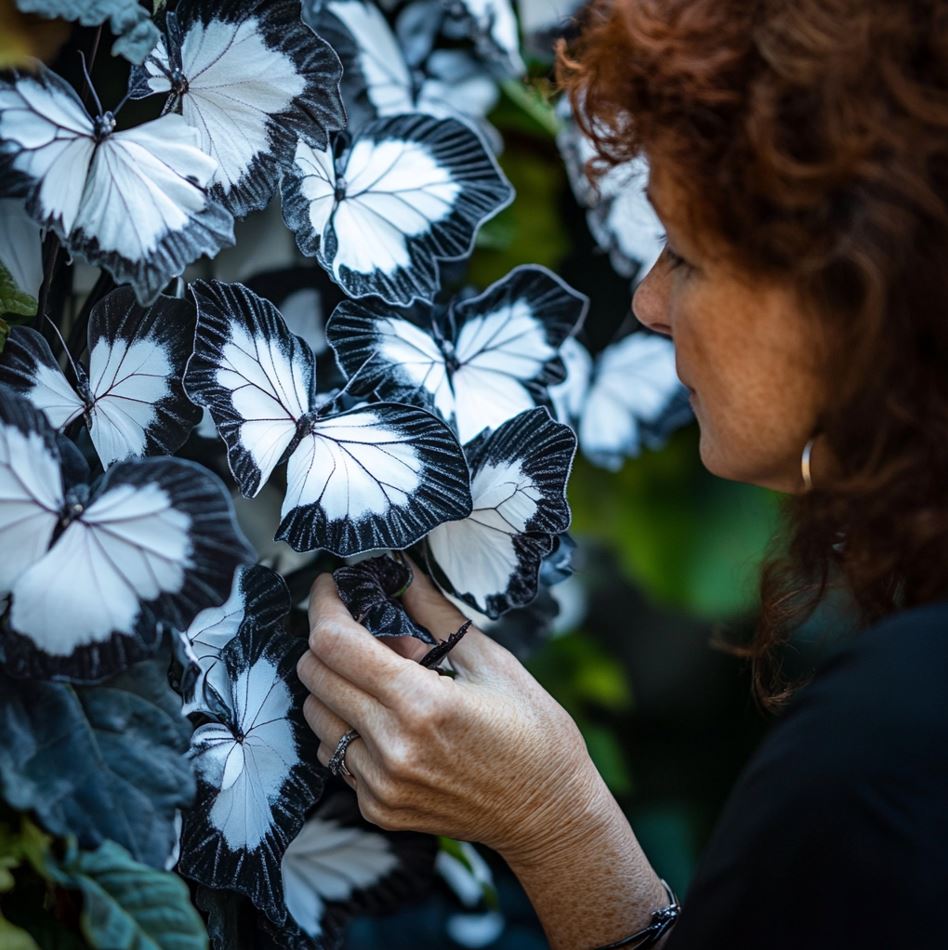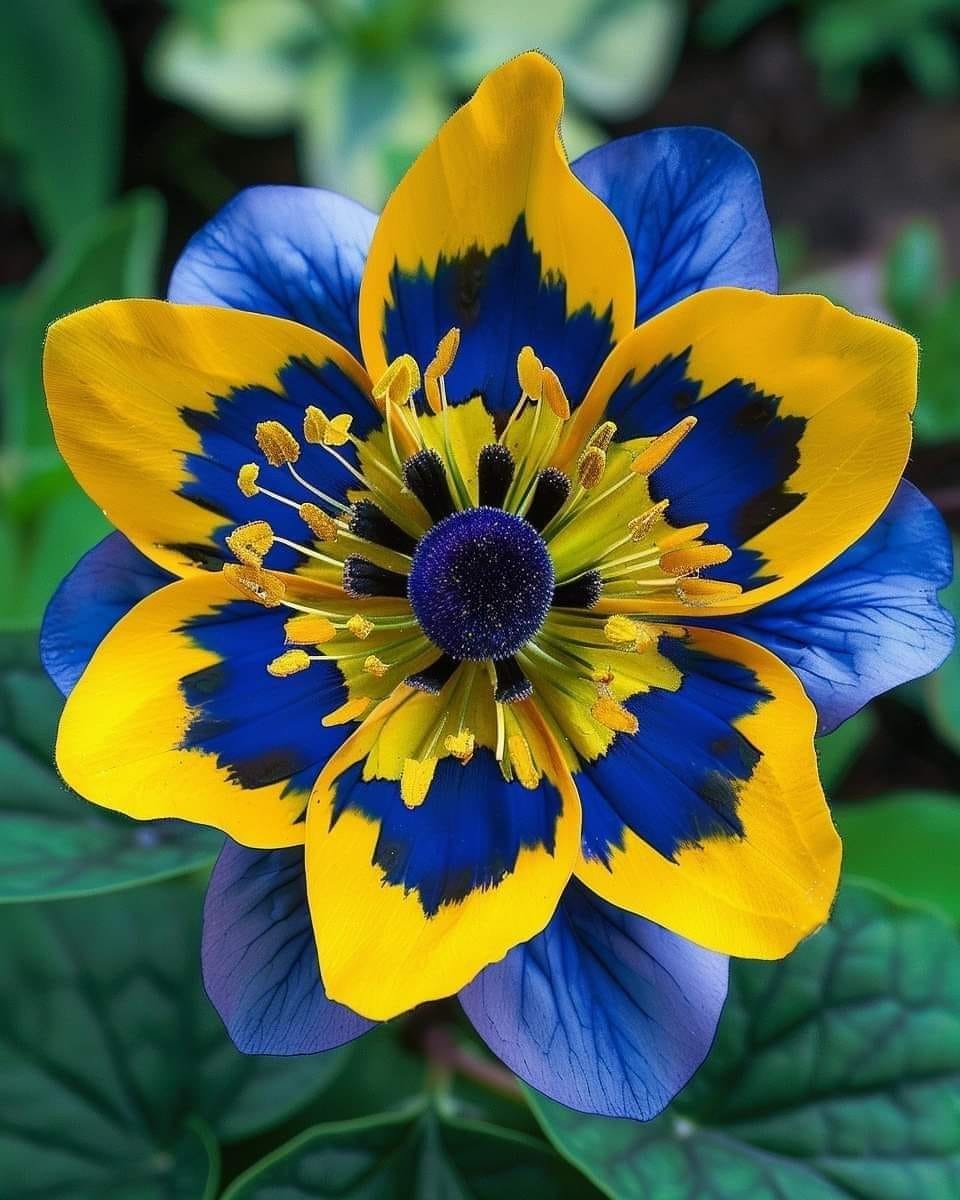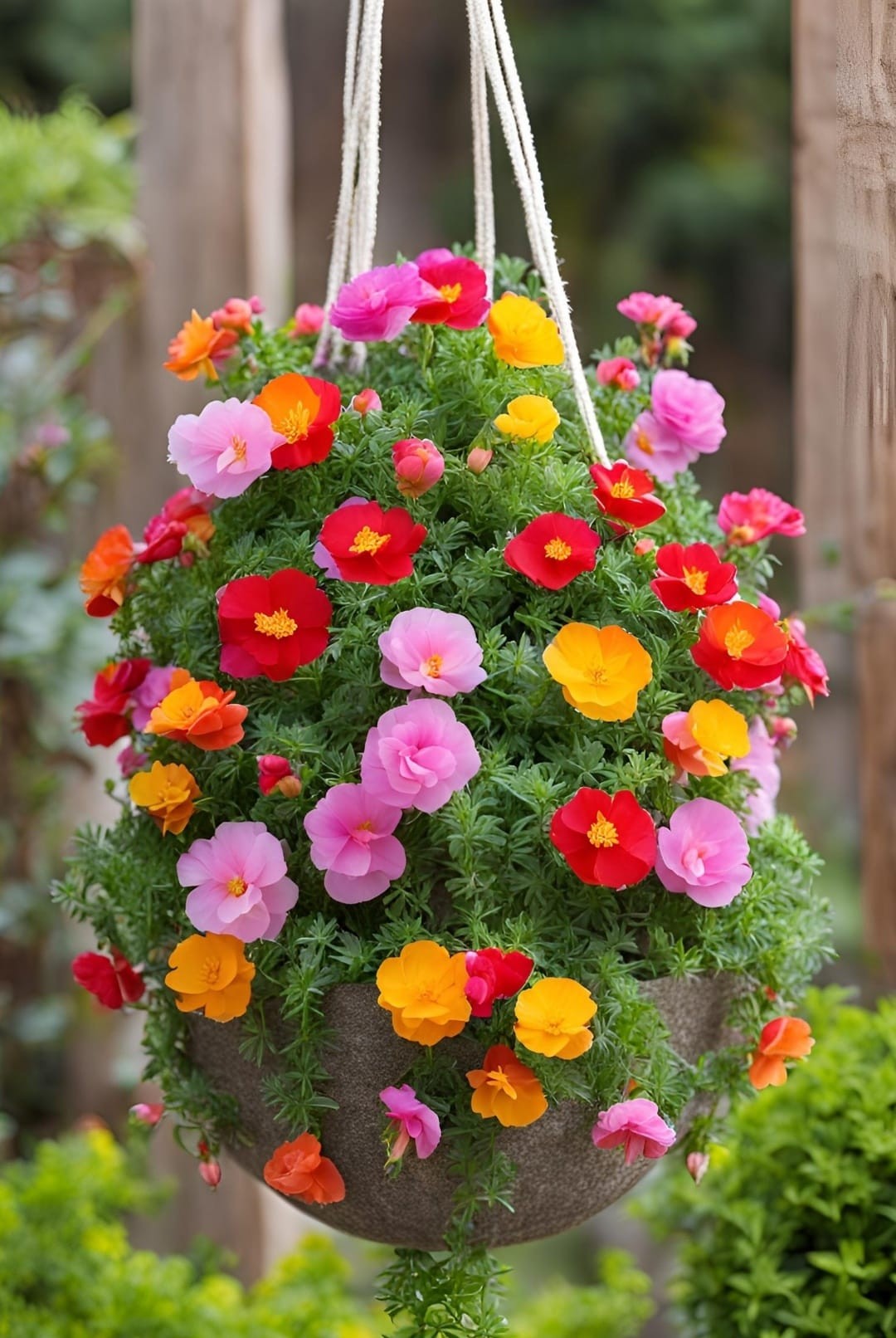In a small village nestled deep within the valley of mist-covered mountains, there was a legend. The locals spoke of a rare and mysterious plant that had not been seen for decades—the Moonlight Butterfly Begonia, a begonia so extraordinary that its leaves mimicked the wings of butterflies. Some said the plant possessed a strange magic, others believed it was a myth, but for one botanist named Elara, this begonia had become an obsession.

Elara had spent most of her life studying rare flora. She had traveled the world, exploring the deepest rainforests and climbing the highest mountains in search of plants long thought extinct. But Moonlight Butterfly Begonia was different. It wasn’t just rare—it was elusive, almost supernatural. The stories told of its ability to glow faintly at night, its leaves fluttering as if caught in an eternal breeze. But there was something more to the plant, something darker, that most stories left unsaid.
It all began one autumn evening when Elara received an old journal from a long-lost botanist named Dr. Finneas Crowley. The journal had been passed down through several hands and eventually made its way to her desk, its pages worn and yellowed with age. Inside, Crowley documented his encounter with the Moonlight Butterfly Begonia. He wrote of its beauty, how its leaves shimmered under the moonlight, but his entries grew more cryptic as the days went on. His handwriting became erratic, and in his final entry, he warned that the plant was not what it seemed—it was alive in ways beyond comprehension.

Intrigued and undeterred by the warning, Elara knew this was her chance to find the Moonlight Butterfly Begonia. She packed her bags and set out for the village mentioned in Crowley’s journal—Mistwatch.
The journey was long, and the closer she got to Mistwatch, the more isolated the landscape became. The forests thickened, and the mist that gave the village its name grew denser with each passing mile. By the time Elara arrived, it felt as though she had entered another world—a place untouched by time.
The villagers were kind but cautious. When she asked about the begonia, their smiles would falter, and their eyes would darken. Some would quickly change the subject, while others would mutter under their breath about “dark things best left alone.” Still, one elderly woman, who lived on the edge of the village, offered her a place to stay and told her about a trail that led deeper into the forest.
“They say Moonlight Butterfly Begonia grows near the heart of the forest,” the woman whispered, her voice trembling slightly. “But take care, dear. The forest has a way of keeping what it wants.”

Undeterred by the warnings, Elara ventured into the forest at dawn. The air was thick with mist, and the silence was oppressive, broken only by the occasional rustle of leaves. The deeper she went, the more disoriented she felt. It was as though the forest itself was shifting around her. Just when she thought she had lost her way, she spotted something glimmering in the distance.
There, in a small clearing bathed in ethereal light, was the begonia. Its leaves were breathtaking, each one shaped like the wings of a butterfly, painted in shades of white and black, with intricate veins that pulsed faintly, as if the plant were breathing. Elara’s heart raced. She had found it. The legendary Moonlight Butterfly Begonia.
She approached slowly, mesmerized by its beauty. But as she reached out to touch one of its leaves, a chill ran down her spine. The air around her grew heavy, and the forest seemed to close in. The begonia’s leaves, once still, began to tremble. Elara pulled her hand back, startled, but something kept her there. It was as if the plant was calling to her, drawing her in.
That night, Elara camped near the clearing, unable to tear herself away from the begonia. She documented every detail, every movement of the leaves, every subtle change in the air. As the moon rose, the plant began to glow softly, just as the legends had said. But there was something more—a faint humming sound, like the flutter of butterfly wings.

Suddenly, the ground beneath her seemed to shift. The roots of the begonia twisted and writhed, reaching out like tendrils. Elara tried to move, but her legs felt heavy, as if the earth itself was holding her in place. The leaves of the plant began to flap, faster and faster, creating a breeze that whipped through the clearing.





